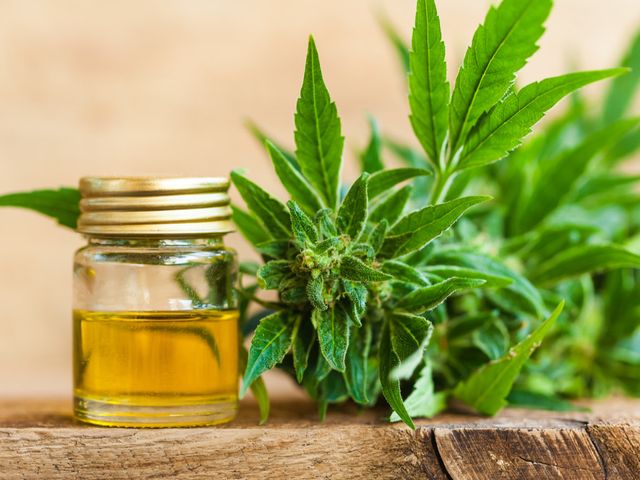
There are many ways to make CBD oil, but most people will opt for using a carrier oil. The simplest way is with petroleum ether or supercritical CO2 extraction. However, this doesn’t yield a very pure form of CBD and is harder to produce in bulk.
At best, most forms of cannabis extracts can be called “full-spectrum,” and the rest “isolate.”
The best way to make CBD oil is with ethanol alcohol. This is a pretty cheap and accessible solvent, but the downside is that it’s not food grade (it’s generally used in perfume). Make sure you distill the solvent before use (see below). If you want you can visit our partners’ website cornbread hemp and try their high-quality CBD products.
Ethanol extract of cannabis is not as thick (viscous) as petroleum-extracted hash oil, but what it lacks in stickiness it makes up for in purity. The ethanol extraction method creates a true “CBD isolate” of around 99%.
The way the CBD is isolated from the cannabis plant with ethanol is by soaking ground cannabis flowers or hemp leaves in the solvent in a large, tall container. Then it is stirred every few hours for about 3 days. After this period of time, the mixture is filtered with coffee filters or cotton cloths to separate it from plant matter, waxes, and fats that are extracted along with the CBD. This process produces an extremely pure form of CBD that can be dabbed, smoked, or ingested orally. When it is put into food (e.g., in cookies or brownies) it will not cause any psychoactive effects because the alcohol has been removed.
To remove the solvent from the mixture without losing too much product, a rotovap can be used, but some people simply allow it to evaporate. This process requires some experimentation to get right, but once it has evaporated into a thin film on the surface of the mixture or evaporated into the air (a glass jar with a lid works well for this), all that remains is CBD powder.
The best way to make CBD tincture is by extracting it directly from the plant. You can use a solvent extraction kit or simply soak the plant in high-proof alcohol for a few days, as long as you keep the mixture submerged by putting something heavy on top of it to prevent air from getting to the solution. Then all you have to do is strain out the plant matter and allow the tincture to evaporate. If you store it in a cool, dark place, your tincture will last several months or even years.
The advantage to making CBD oil with alcohol is that the resulting extract has very little plant matter, which makes it ideal for people who are sensitive to other cannabinoids found in the cannabis plant. If you do use hemp leaves and stems and extracted the oil with supercritical or subcritical CO2, then it will be a full spectrum extract, since you will have “activated” all the cannabinoids present (cannabidiol is just one of over 100 different cannabinoids found in cannabis).
The drawback to this method is that ethanol extracts are not as thick as petroleum-based extracts and often contain chlorophyll, which can turn green when exposed to air or sunlight.
This doesn’t affect the potency of the extract, but it does give it a distinct herbal smell.
Ethanol extraction is particularly suited for CBD isolates and other cannabinoids that have already been decarboxylated (the process which turns CBDa into CBD). In this case, you will want to mix your starting material with water instead of high-proof alcohol because the presence of water activates the cannabinoids.